When you think of samurai, you might picture armor, swords, and epic battles. But behind the warrior’s image lies something deeper: Bushido, the Way of the Samurai. More than a set of rules, Bushido shaped the moral and spiritual foundation of Japan. Even today, you can feel its presence in kendo practice in Tokyo and in the everyday values of Japanese culture.
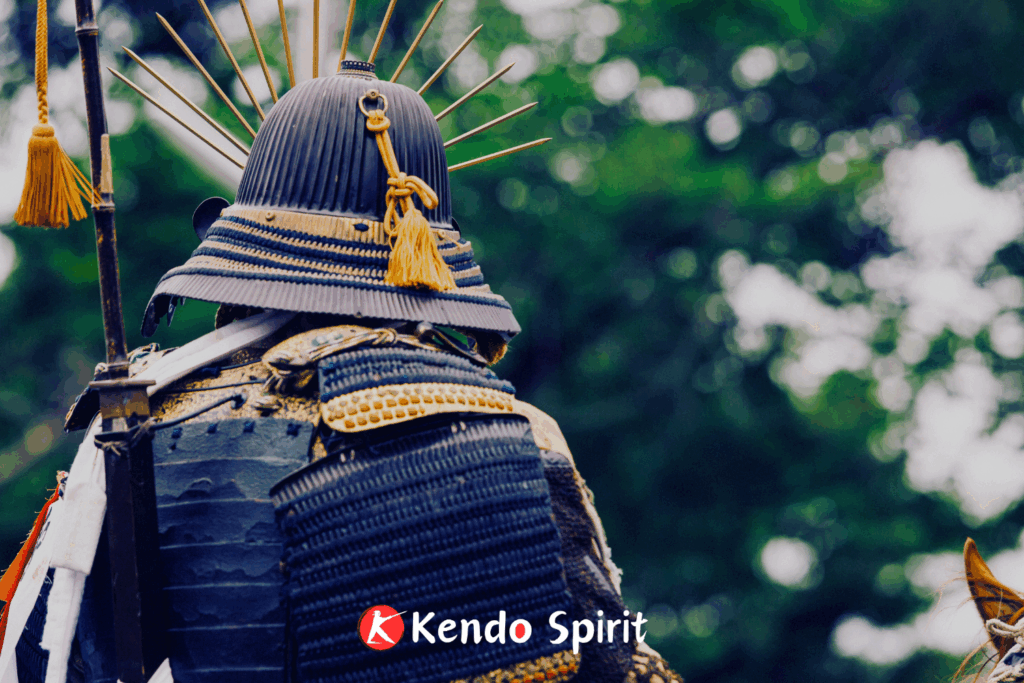
Defining Bushido: More Than a Warrior’s Code
Bushido is the code of ethics followed by the samurai. It taught them how to live with honor, discipline, and responsibility. Samurai were expected to balance martial skill with scholarship — the pen and the sword together — and to fulfill their duties even at the cost of their lives. This pursuit of responsibility and integrity became the foundation of the samurai way.
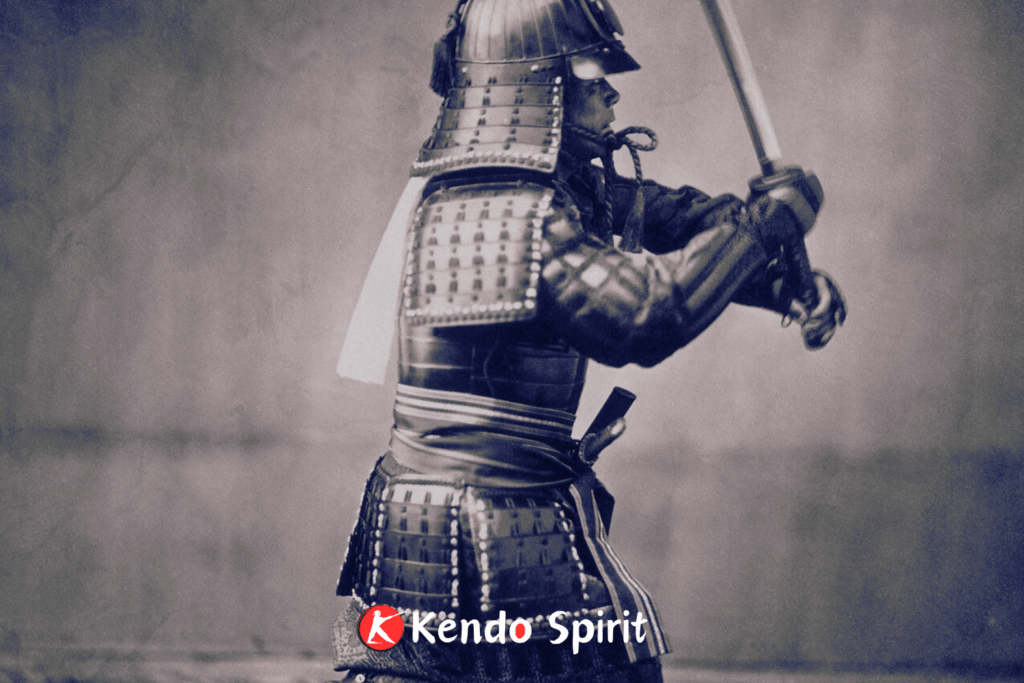
The Historical Growth of Bushido
From Kamakura to Edo
The spirit of Bushido first took shape during the Kamakura period (1185–1333) and became fully established during the long peace of the Edo period (1603–1868). For over 270 years, samurai stood at the top of society, serving as examples of discipline and morality. Their way of life gradually influenced not just the warrior class but ordinary citizens as well.
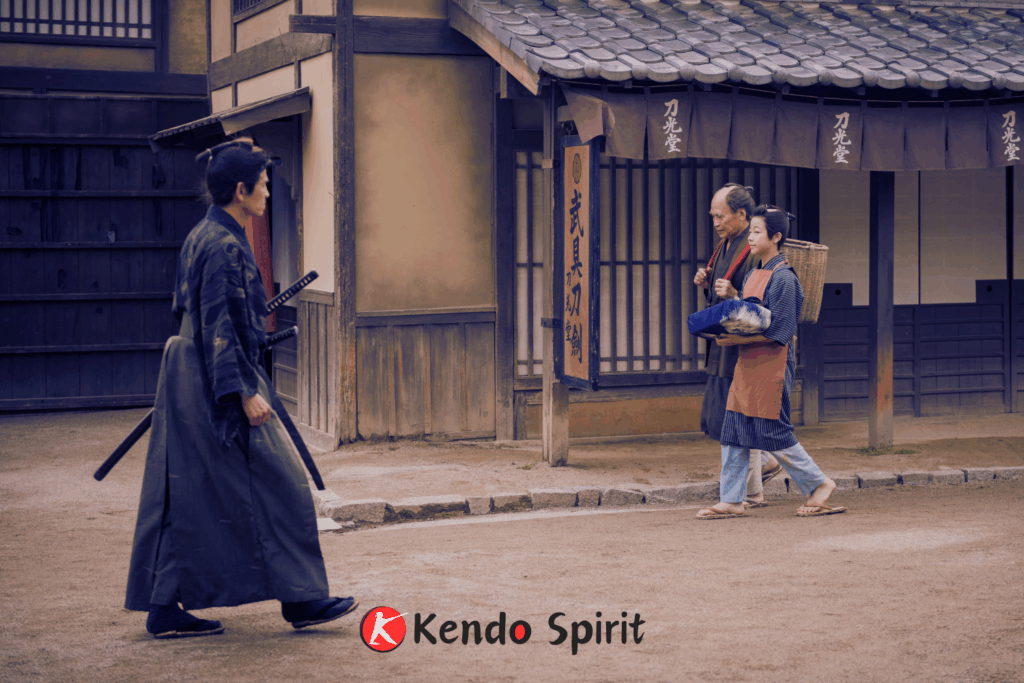
Confucian Roots and Samurai Virtues
Bushido absorbed ideas from Confucianism, adapting them into a Japanese form. Hojo Shigetoki’s family code listed eight core virtues: benevolence, righteousness, propriety, wisdom, trust, loyalty, filial piety, and respect between brothers. These ideals gave samurai a clear moral compass.
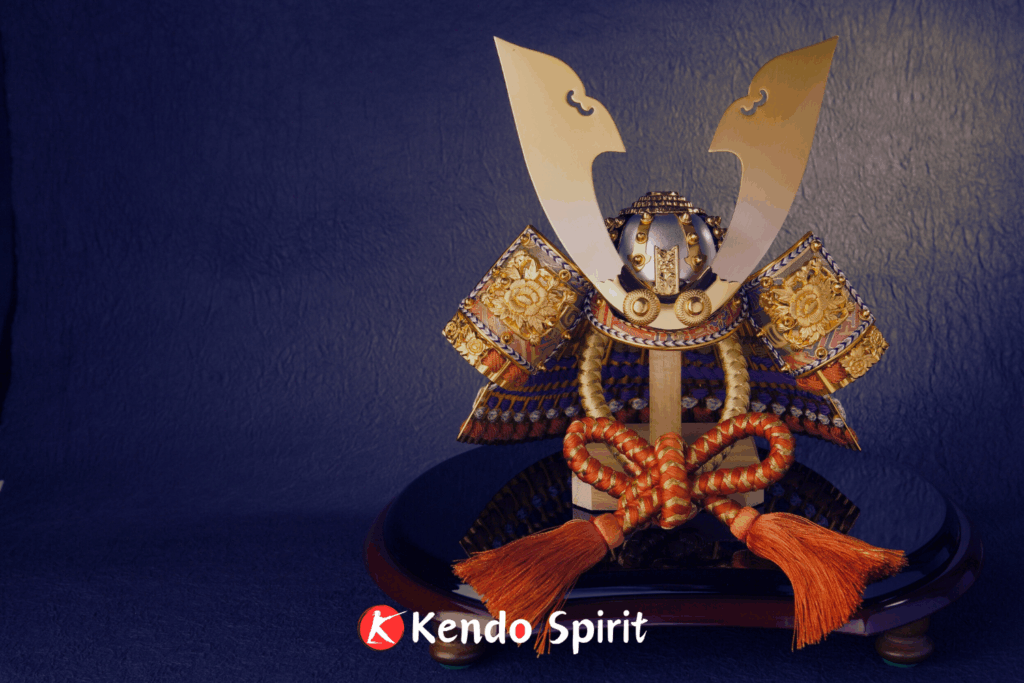
Bushido and the Power of Publishing
By the late Edo period, Japan had one of the highest literacy rates in the world. Printing and publishing spread books on ethics and samurai philosophy to a wide audience. Farmers, merchants, and townspeople all absorbed these teachings. In this way, Bushido stopped being only a warrior’s code and became part of Japanese culture as a whole.

From Samurai Code to Modern Education
After the end of the samurai era, Bushido did not disappear. In the Meiji period, its spirit was woven into national education. The Imperial Rescript on Education emphasized twelve virtues such as filial piety, harmony in family life, friendship, courage, and public duty. These values carried Bushido’s essence into everyday Japanese life and helped shape the nation’s moral foundation.
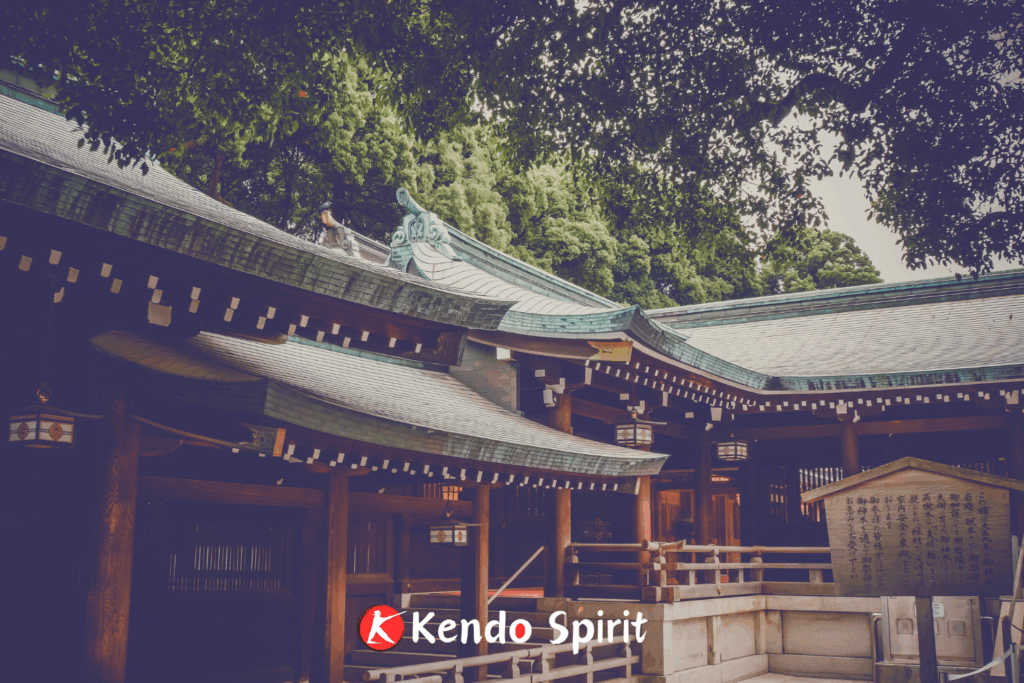
Why Bushido Is Called the “Spirit of Japan”
Bushido is often described as the spirit of Japan because it emphasizes living for the greater good. At its heart is the idea of public-mindedness: restraining selfish desires, respecting others, and striving for harmony. These qualities are still visible in Japanese society today, from teamwork in schools to cooperation in Tokyo’s busy daily life.
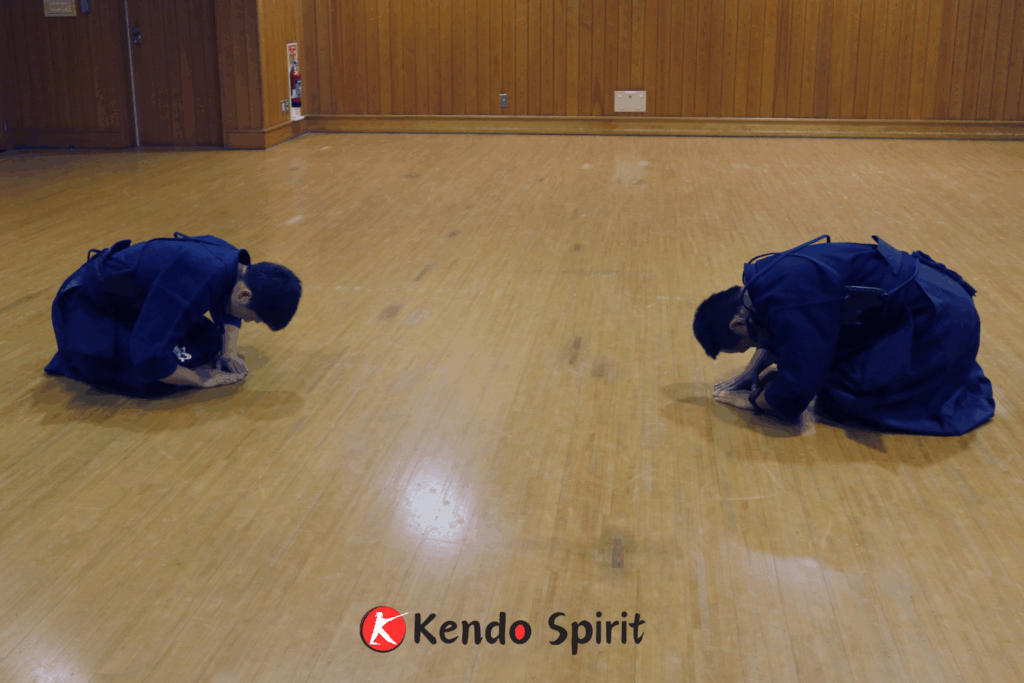
Bushido’s Lessons for Today
Even in the modern world, Bushido has relevance. The samurai hated selfishness and placed great value on respect. In kendo, for example, bowing to your opponent is just as important as striking them. Training is not about defeating others but about improving yourself — aiming for “a higher kendo” and “a better self.”
For many, Bushido is not just history. It is a living philosophy that teaches self-control, respect, and growth. In this sense, Bushido is still alive today.
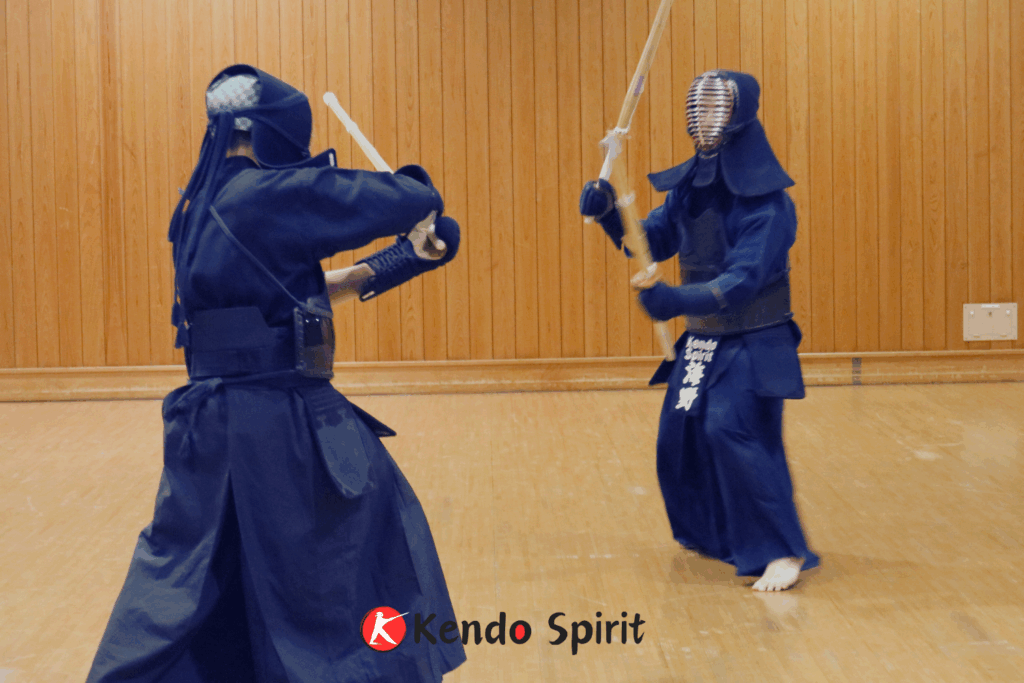
Experience Bushido Through Kendo in Tokyo
If you want to understand Bushido not just with your head but with your heart, step into a dojo and try kendo in Tokyo. At Kendo Spirit, you’ll wear the samurai uniform, learn real techniques, and discover the values of respect, discipline, and courage. It’s more than a cultural activity — it’s a chance to walk in the footsteps of the samurai and connect with the timeless spirit of Japan.
-scaled-e1747969147355.png?1764994511)
-1-scaled-e1747969231809.png?1764994511)
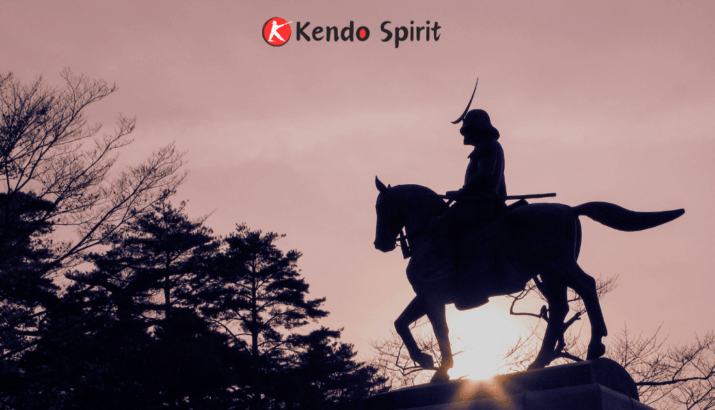

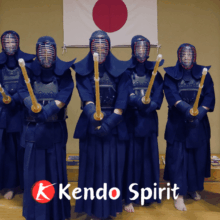
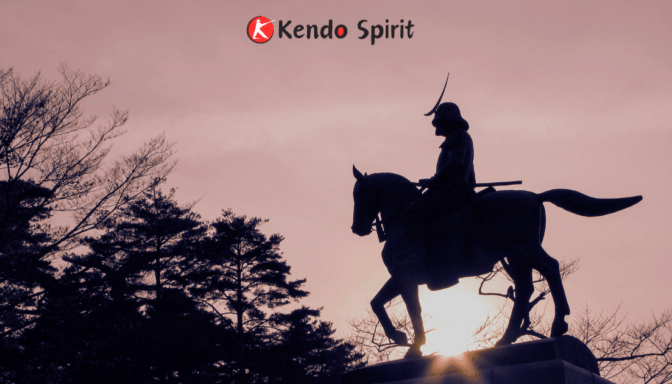
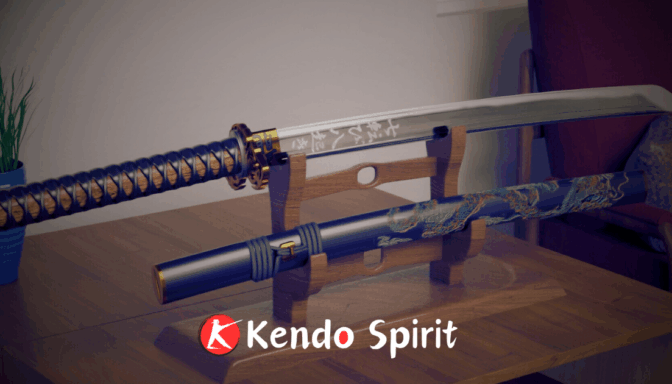
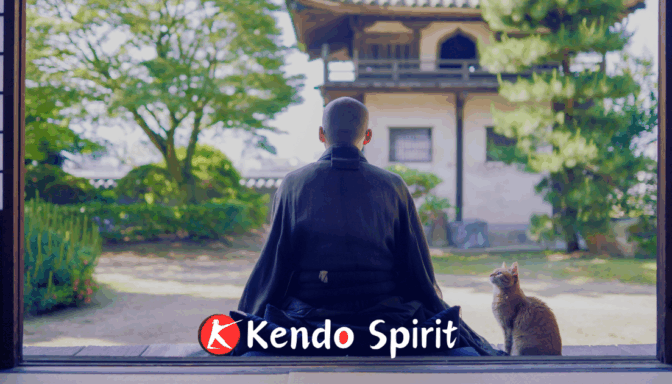
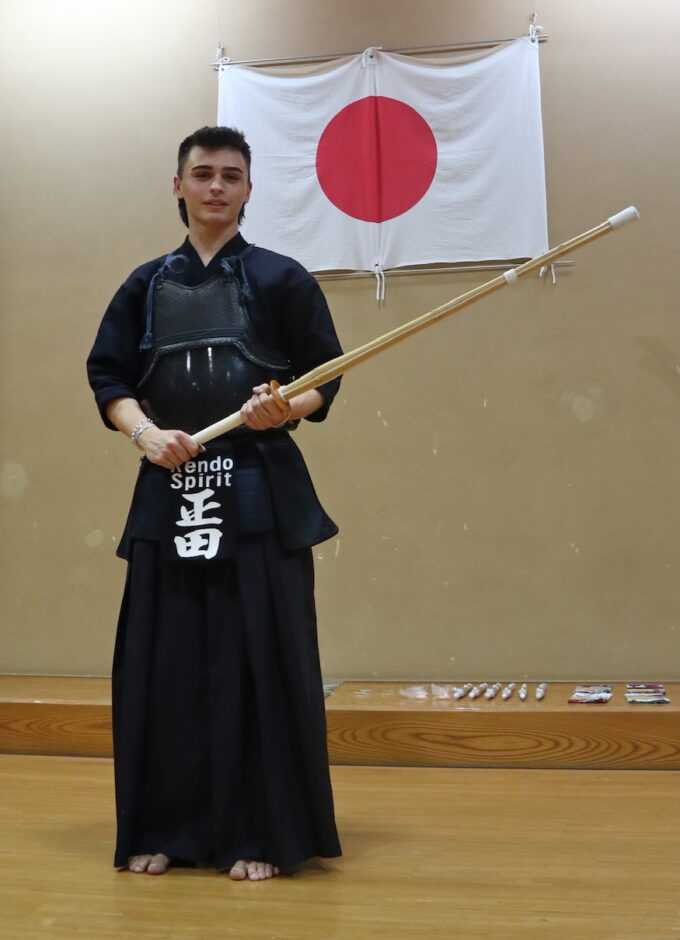
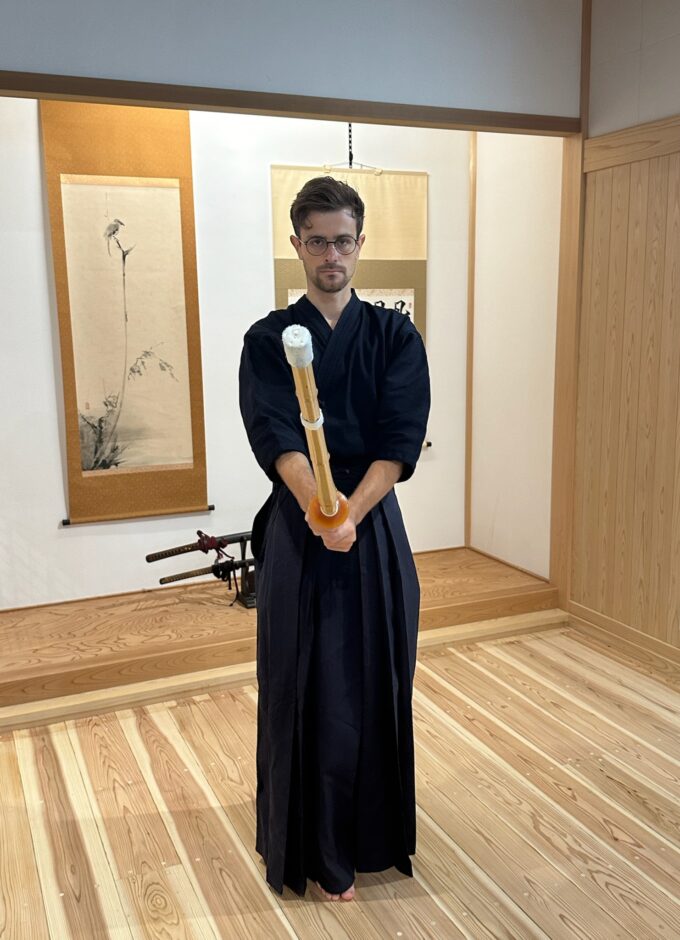
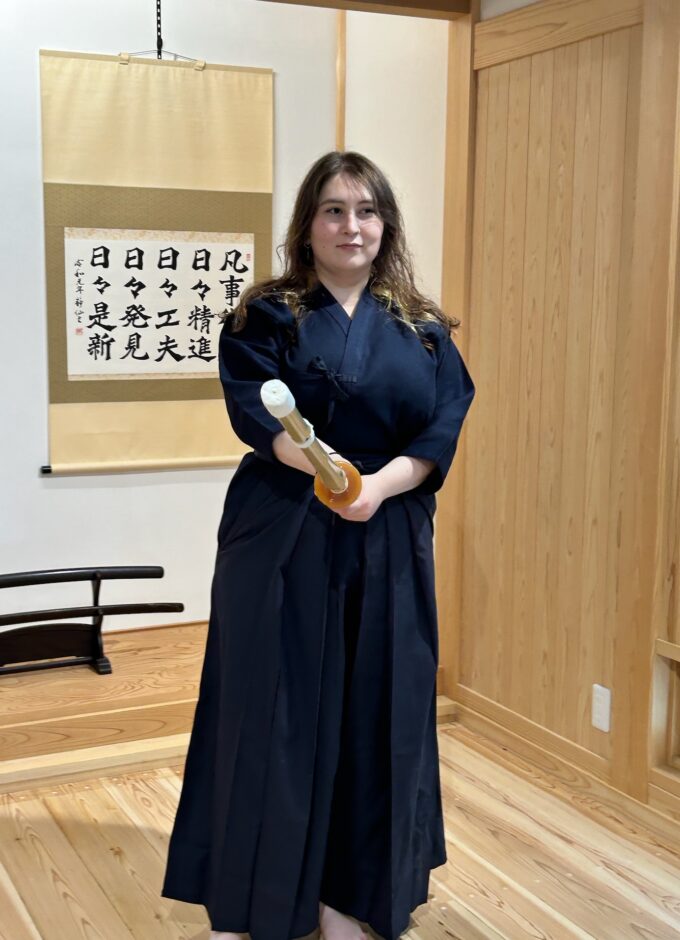
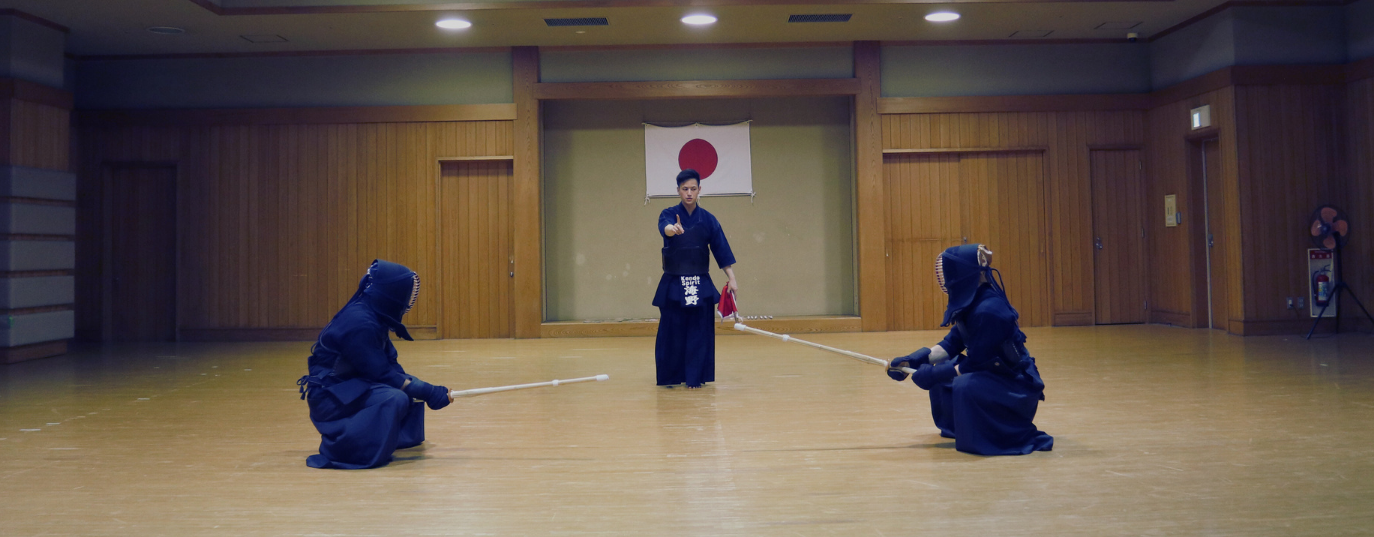
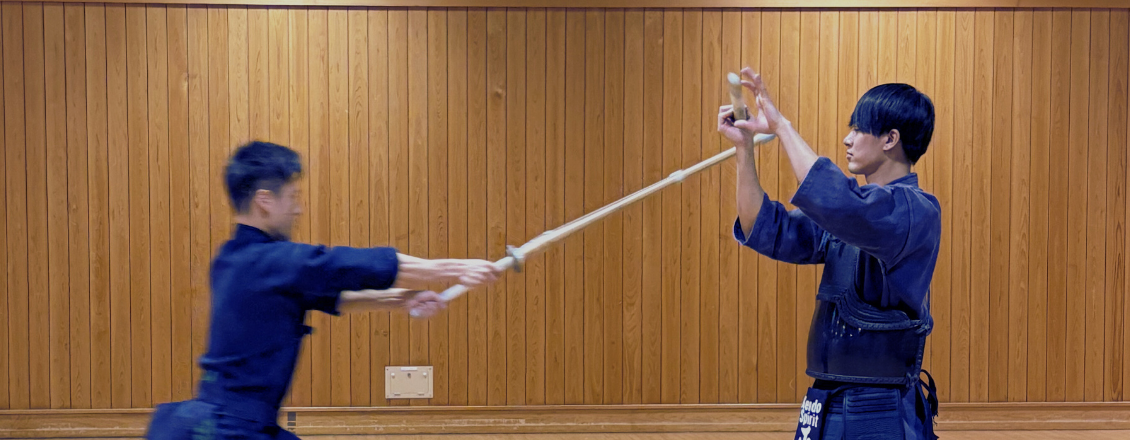
Comment